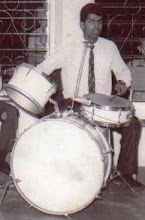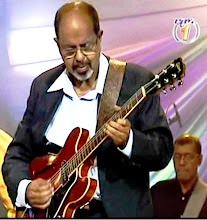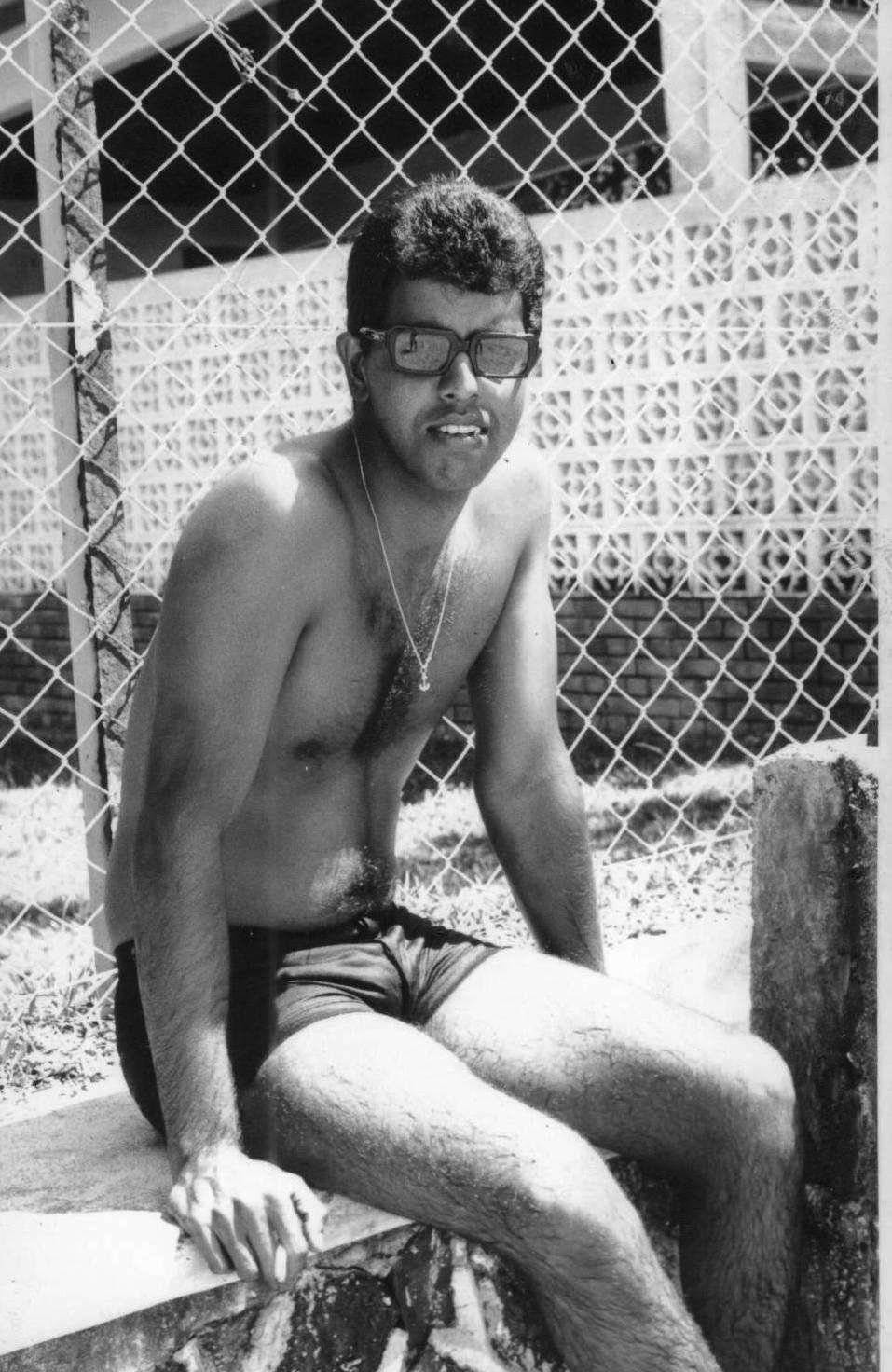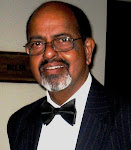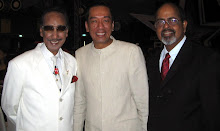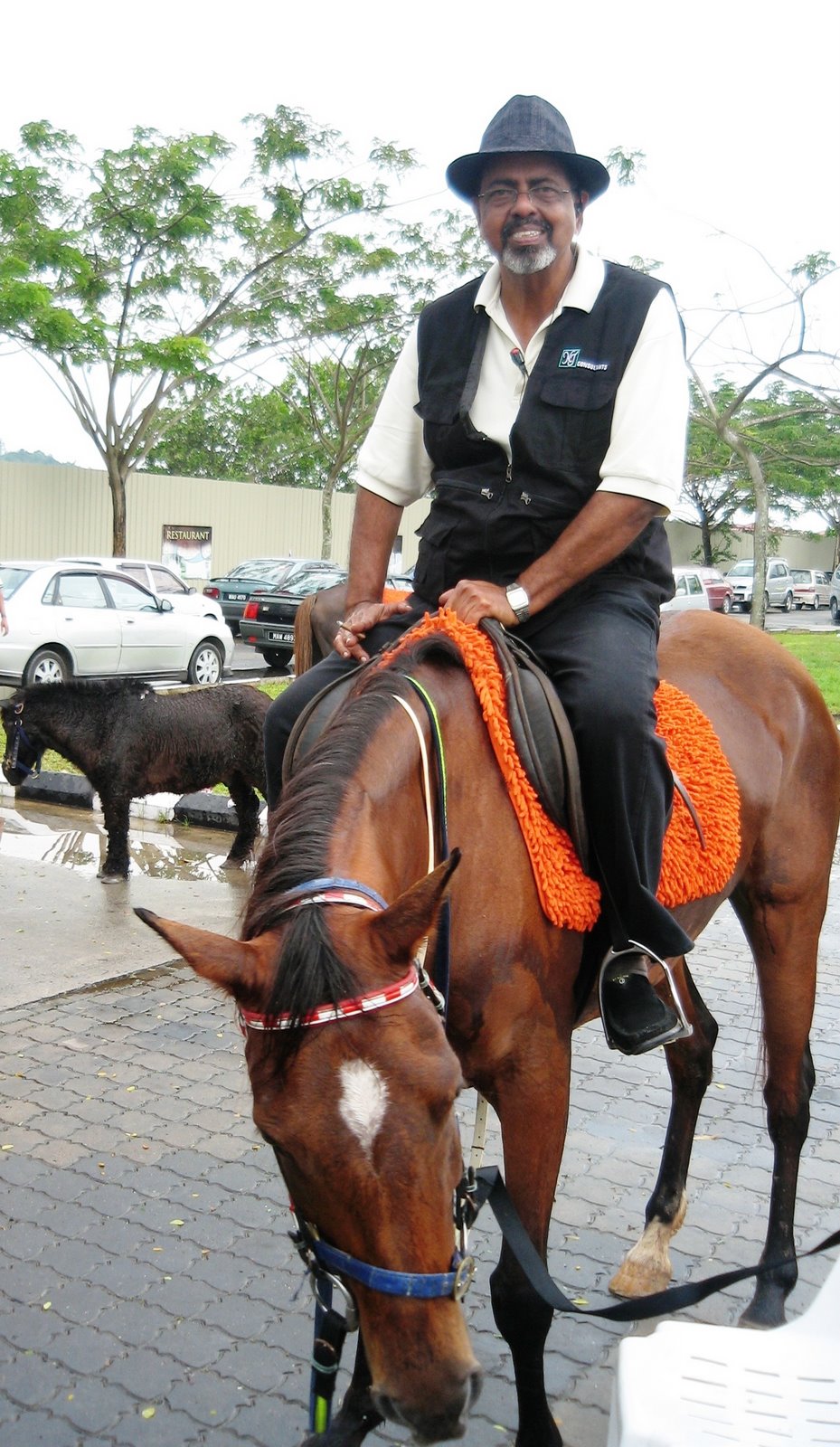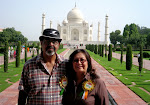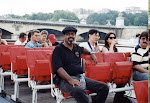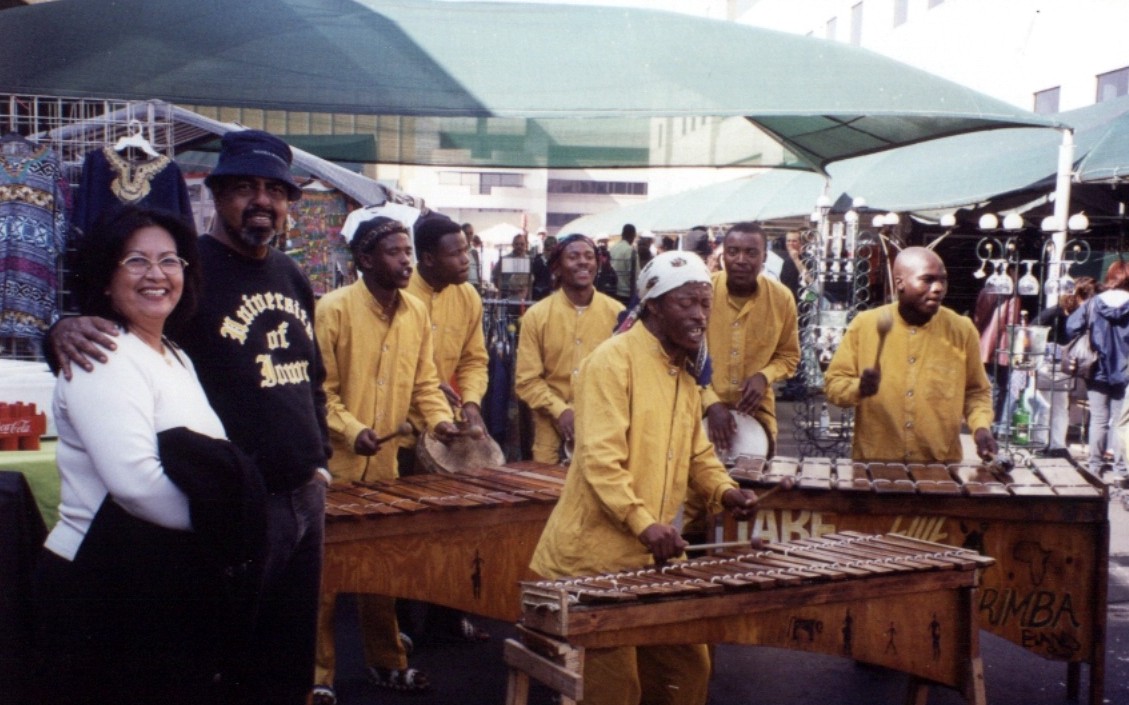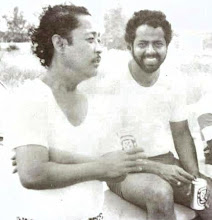
The Cendul Man
The Malay language as we know it today is already fully impregnated and enriched with many foreign words. Some Malay nationalists have spoken harshly against this practice as though they can or anyone else control the evolutionary process of a language. The earliest “foreign” influence to “rojakkan” the Malay language was Indian and therefore Malay has been a bahasa rojak from the early times itself.
Rojak itself, besides mee goreng mamak and cendul, are great Malaysian dishes created and developed by the Indians who had hailed from Kerala and were Muslims. They spoke Malayalam and were referred as Malabaris or kakas by Malays even up to as late as the 1970’s. These Malabaris married Malay women and integrated themselves into the Malaysian world.
Most younger Malaysians of today wrongly credit the Penang mamaks for all these great Malabari dishes that are not to be found even in India and can be already be considered native to Malaysia. It's a case of "lembu punya susu, sapi dapat nama". The Penang mamaks can only be credited for the other equally great dish - the nasi kandar of Penang which is another locally evolved native Malaysian dish. Talking of "rojaking" a language, English would be the only other rojak language that can beat the Malay language in the matter of assimilating foreign word. This is simply because because English has “polluted” itself with words taken from from just about every civilization that exists or existed in the world.
The very word “Melayu” itself , for example, is of Indian origin from the words “Malai Ur,” which means land of mountains in Tamil. Singapur, Nagapur and Indrapur are such common Indian derived names. “Malai” also means “rain” in Tamil. So calling it “land of rain” also sounds logical enough. The word “malai” is undoubtedly Indian in origin as is the case with the word Himalayas. The English word “Malaya” is therefore a corruption of the word by the British who themselves are very good at corrupting the pronunciation of words that are non-English either for ease or euphony. Even the names of Semitic prophets have been changed by them. It was done to suit their tongue’s capability or incapability with pronouncing any non English word. Jesus is just one one example as this mighty prophet's name was Esu in Armaic with no hint at all for the "J" sound.
The Malay word “Melayu” with the missing “r “ is thus closer to the original Indian name “Malai - ur”. In very recent times, the starting date for the study of Malaysian history in the schools has been conveniently fixed around 1400 C.E.. It probably coincides with the founding of the Sultanate of Malacca by Parameswara who was a Hindu prince from Palembang in Sumatra. Today, Malaysian school children do learn a teeny-weeny bit about the early Proto Malays and then are conveniently taken on a historical quantum leap to the founding of Malacca and omit a significant portion of the country’s history, especially the Indian connection and background.
Early Indian works speak of a fantastically wealthy place called Savarnadvipa, which meant “land of gold.” This "mystical" place was said to lie far away, and legend holds that this was probably the most valid reason why the early Indians with their advanced knowledge of seafaring and astronomy ventured across the Bay of Bengal and arrived in Kedah around 100 B.C. Archeological evidence support this early Indian presence.
Early Indian works speak of a fantastically wealthy place called Savarnadvipa, which meant “land of gold.” This "mystical" place was said to lie far away, and legend holds that this was probably the most valid reason why the early Indians with their advanced knowledge of seafaring and astronomy ventured across the Bay of Bengal and arrived in Kedah around 100 B.C. Archeological evidence support this early Indian presence.
Apart from trade, the early Indians brought a pervasive culture, with Hinduism and Buddhism sweeping through the Indo-Chinese and Malay Archipelago lands bringing temples and Indian cultural traditions. The local indigenous chiefs of the times then began to refer to themselves as “rajahs” and also integrated what they considered to be the best of Indian governmental traditions with the existing structures. Teachers of Malaysian history through the 1970’s taught of such early Indian connections supported by history textbooks that cleraly mentioned the early Indianised kingdoms that had existed in Melanesian region such as Langkasuka, Sri Vijaya and Majapahit.
Parameswara, the often credited founder of Malacca has a clearly give-away name that points to the Indian/Hindu influence. No one can deny this, and all our children need to know about this. They have the fundamental right to learn about this background aspect of Malaysian history too.
Most younger Malaysians today have, through no fault of their own, not learnt about this aspect and resultantly can only connect Malaysian Indians to cheap Indian “coolie” type of indentured laborers whom the British brought over to man the railways and plantations of Malaya from the late 19th century onwards. This was much later of course.
To my knowledge, the hundreds of Malay words of Indian origin have not been catalogued by anyone except perhaps the noted Malay scholar Zaaba. Even if such an effort has been made, it is definitely not widely known or ever published even by Dewan Bahasa dan Pustaka. Many Malay words, from describing Malay royalty (Raja, Putera, Puteri, Maha, Mulia, Seri, etc) and common everyday terms (bakti, suami, cuma, dunia, bumi, neraka, syurga, jendela, serpu, sepatu, almari, kerana), all have the Indian connection. The undeniable Indian connection in the word “Indonesia” is also reflected by the name itself. The Indian influence in Indonesia is well acknowledged.





